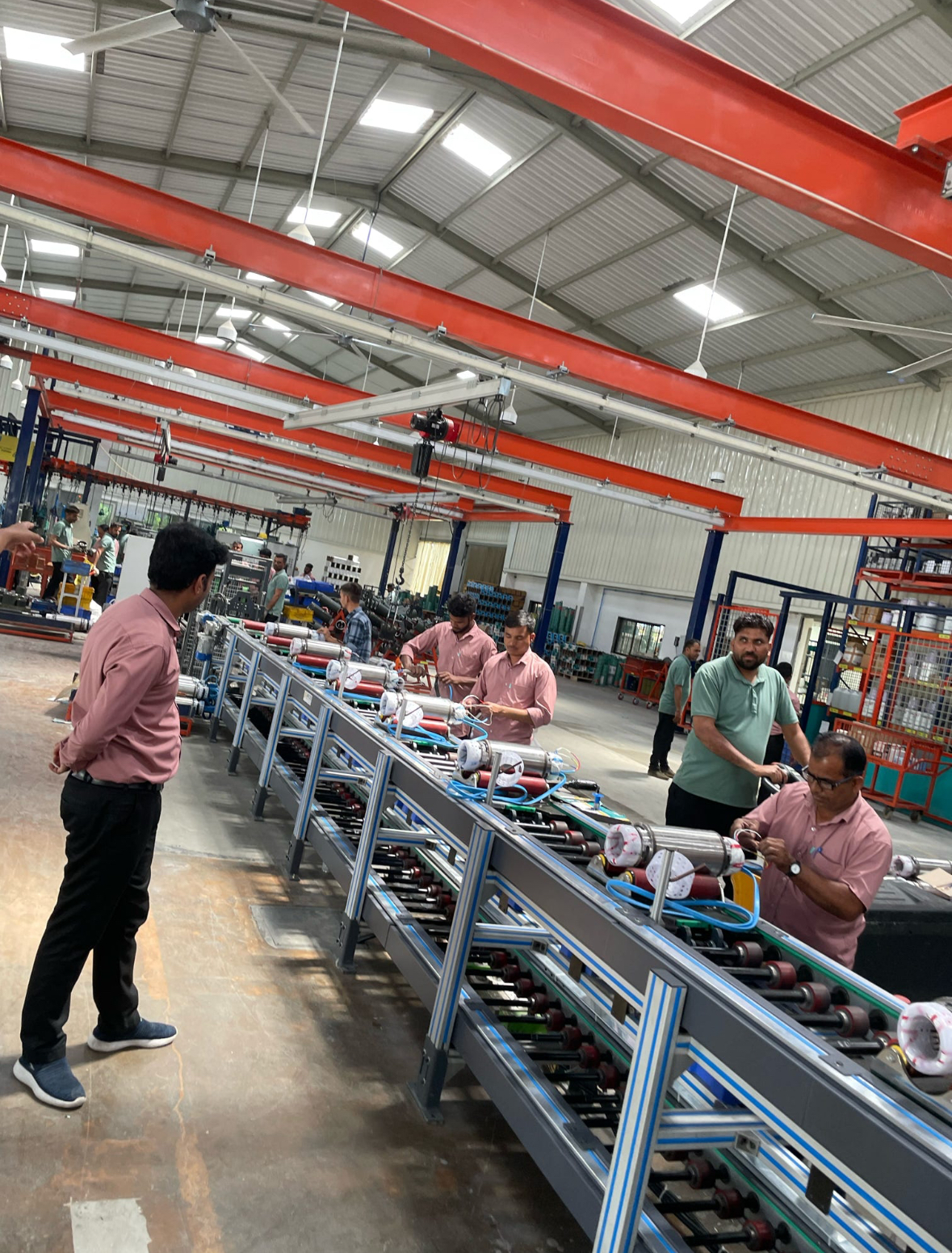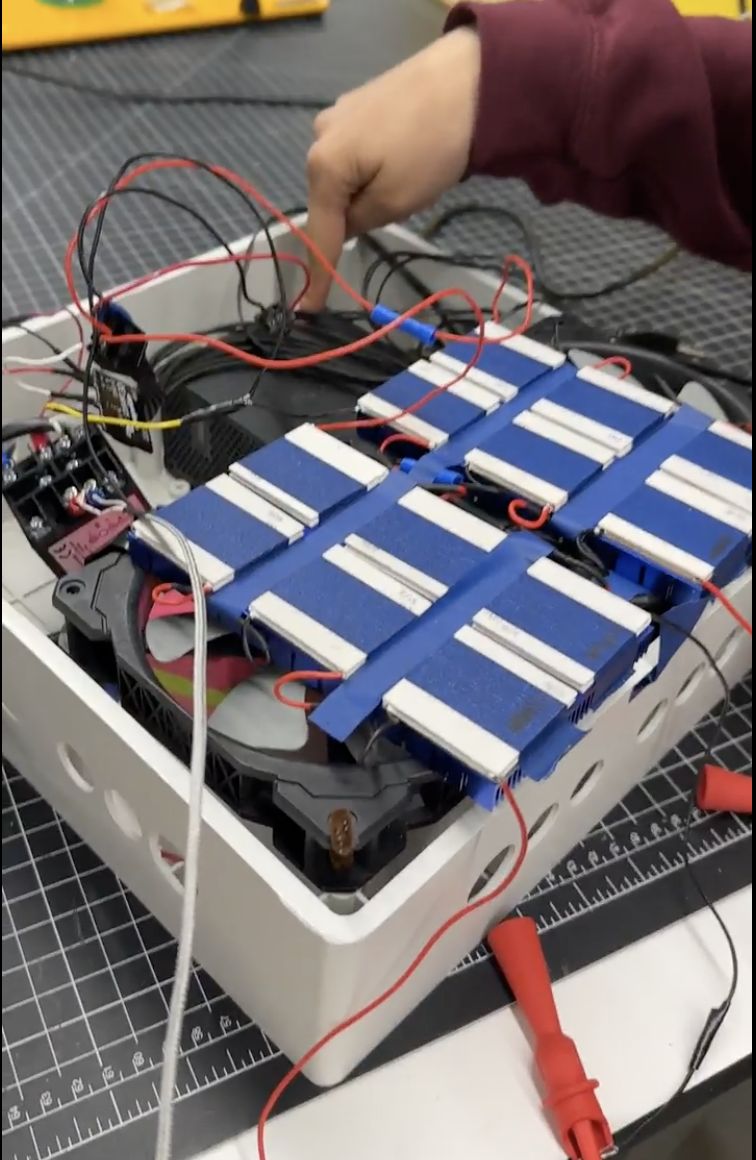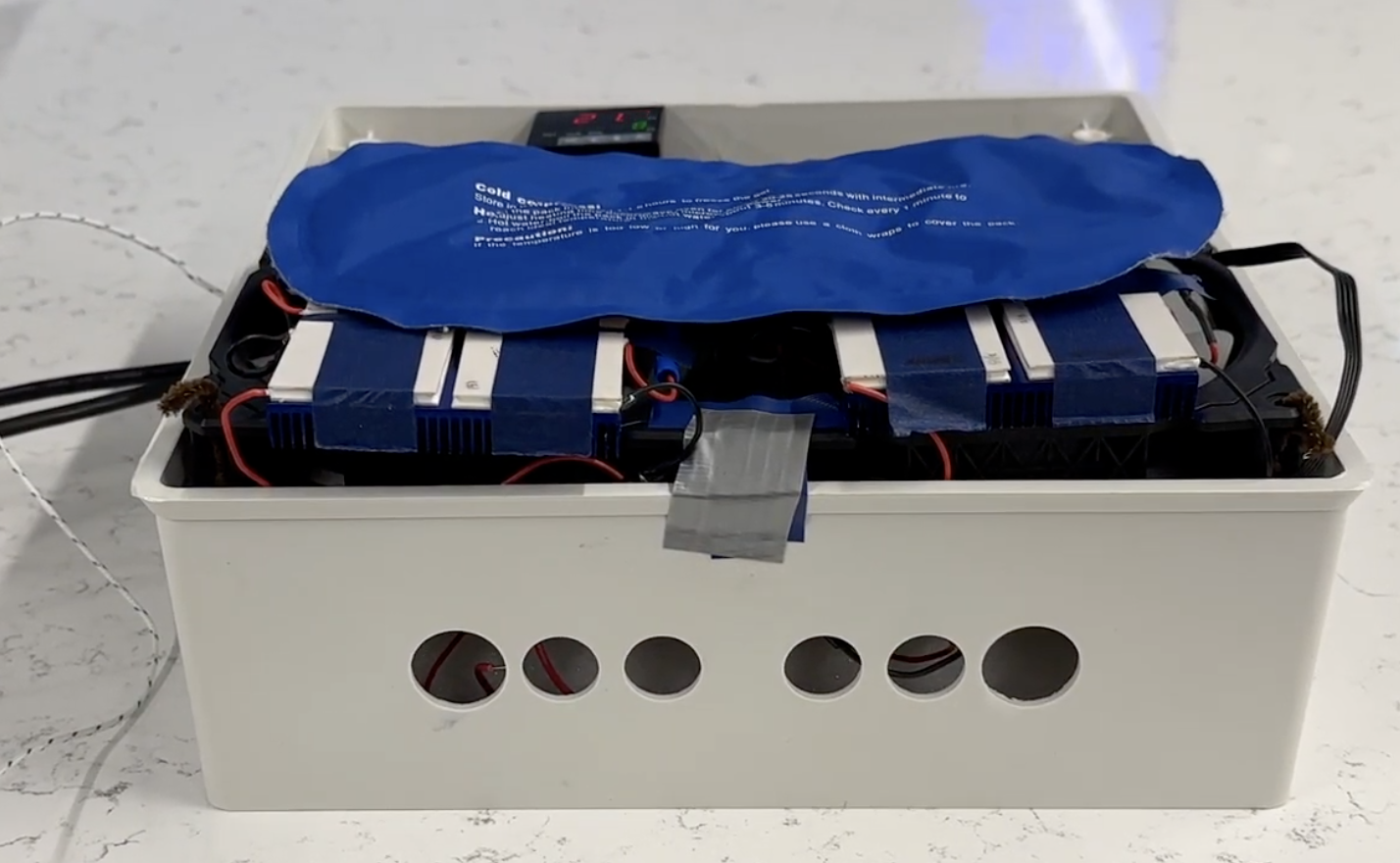Neonatal Asphyxia Project
Developing life-saving hypothermia therapy devices for newborns with birth asphyxia in low-resource communities, making critical medical technology accessible where it's needed most.

Addressing a Critical Global Health Challenge
Neonatal asphyxia, also known as hypoxic-ischemic encephalopathy, is one of the leading causes of neonatal mortality worldwide. This condition results from insufficient oxygenation of the brain and other vital organs during or shortly after birth, leading to major physiological and neurological deficits.
While the current standard of care requires hypothermia-inducing cooling devices, many hospitals around the world are unable to afford such equipment. The Neonatal Asphyxia Project (NAP) aims to design an affordable device that applies hypothermia therapy to mitigate the effects of birth asphyxia in neonates born in low-resource communities.
Project Impact Goals
90%
Cost Reduction Target
1000+
Newborns to Impact
5
Partner Hospitals
24/7
Device Availability
Innovative Device Development
Our team is developing a cutting-edge hypothermia therapy device using advanced engineering principles and medical expertise. The prototype incorporates multi-input temperature sensors and scaled-up electric cooling systems for precise therapeutic control.
Advanced Temperature Control
Multi-input sensors ensure precise temperature monitoring and therapeutic cooling delivery.
Safety-First Design
Built-in safety protocols and user-friendly interface for healthcare professionals.
Affordable Manufacturing
Designed for cost-effective production while maintaining clinical effectiveness.

Neonatal Clinical Care Excellence
Our hypothermia therapy device is designed to integrate seamlessly into existing neonatal intensive care units (NICUs), providing healthcare professionals with the tools they need to deliver life-saving treatment for newborns with birth asphyxia.
Clinical Integration
Seamless integration with existing NICU protocols and medical equipment for optimal patient care.
Patient-Centered Design
Designed with newborn comfort and safety as the primary consideration in all aspects of treatment.
Healthcare Professional Training
Comprehensive training programs for medical staff to ensure proper device operation and patient monitoring.

Scientific Foundation & Innovation
Hypothermia Therapy
Evidence-based cooling therapy that reduces brain damage by lowering metabolic demands and preventing cellular injury in oxygen-deprived newborns.
Temperature Control
Precise temperature monitoring and control systems using multi-input sensors and scaled-up electric cooling technology for optimal therapeutic outcomes.
Safety Systems
Advanced safety protocols and user interface design ensuring safe operation by healthcare providers in resource-limited settings.
Technical Innovation
Advanced Hardware Components
- Multi-input temperature sensor for precise monitoring
- Scaled-up electric cooling system for consistent therapy
- Intuitive patient contact and user interface design
Design Principles
- Socially engaged design methodology
- Global accessibility and affordability
Support Life-Saving Innovation
Help us develop and deploy affordable medical devices that save newborn lives in underserved communities.